-
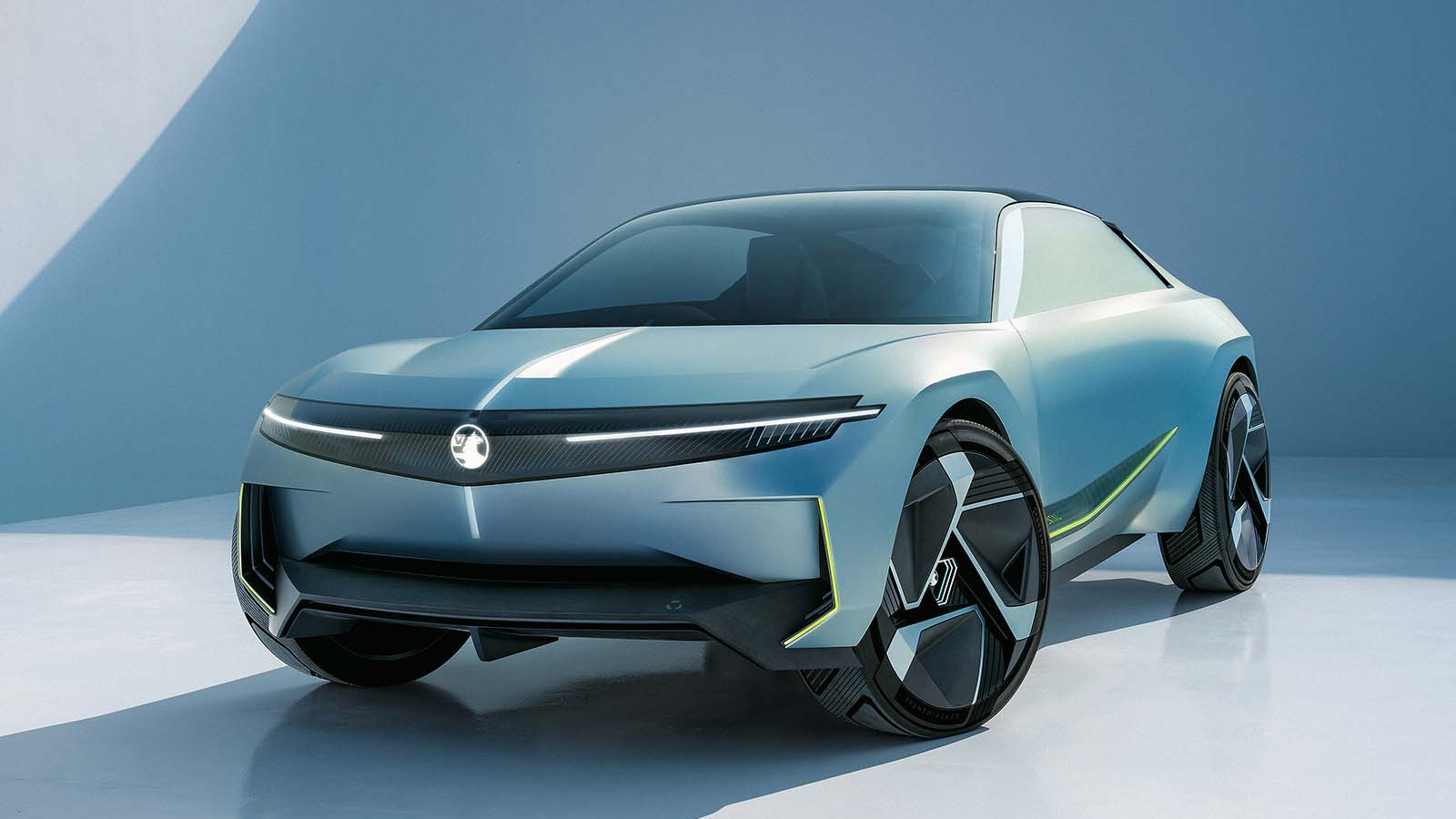 © Vauxhall
© Vauxhall -
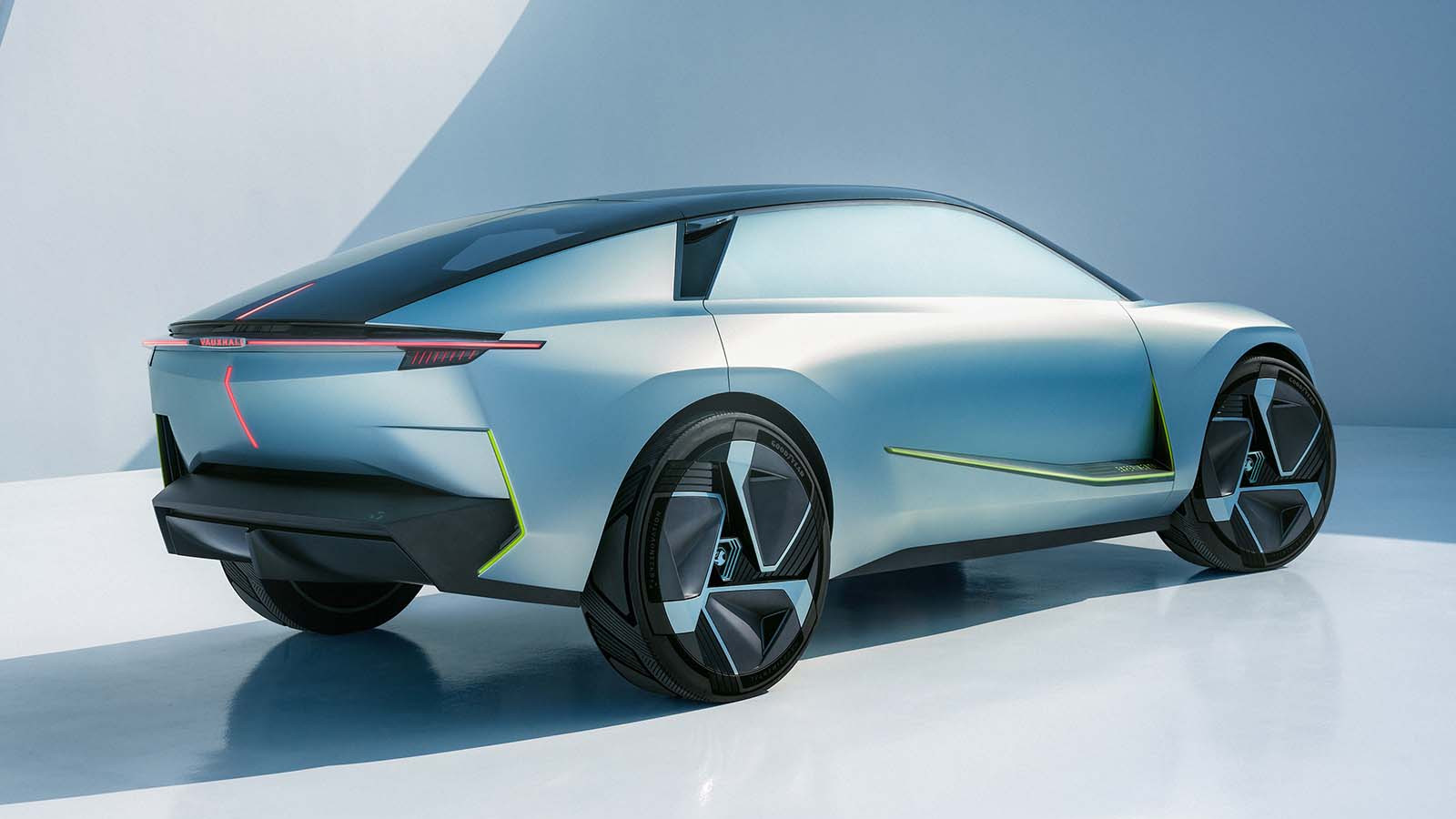 © Vauxhall
© Vauxhall -
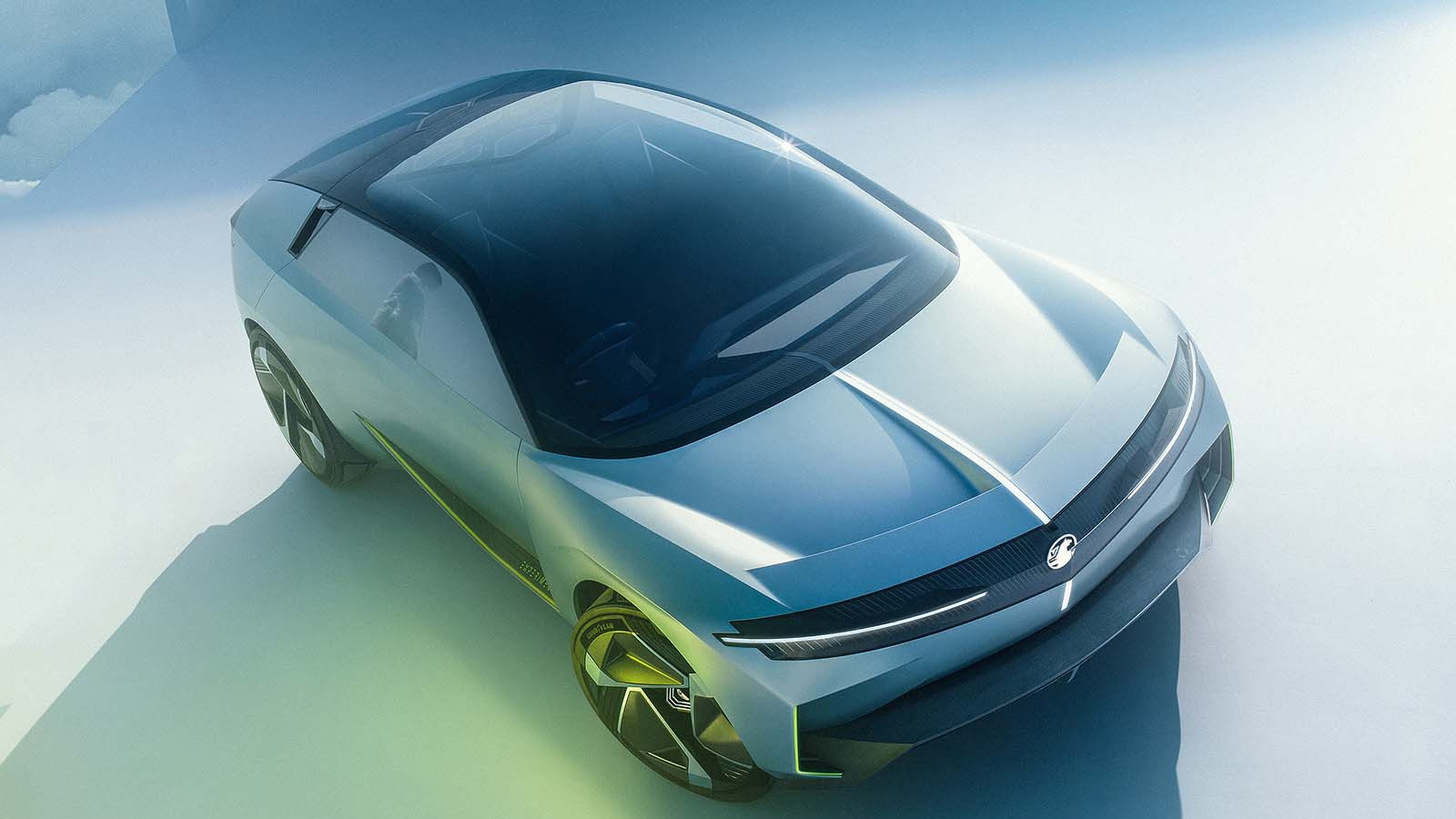 © Vauxhall
© Vauxhall -
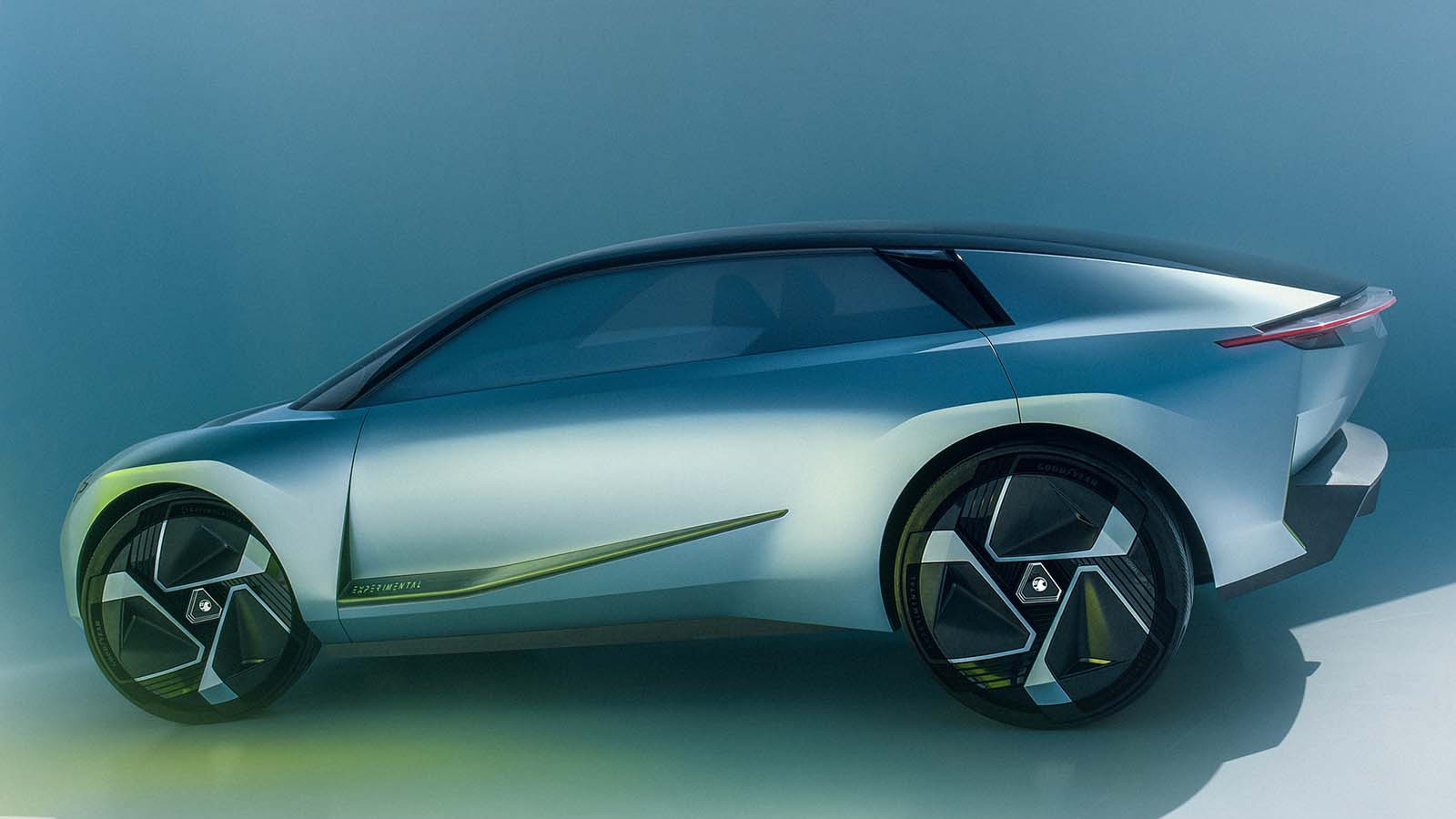 © Vauxhall
© Vauxhall -
 © Vauxhall
© Vauxhall -
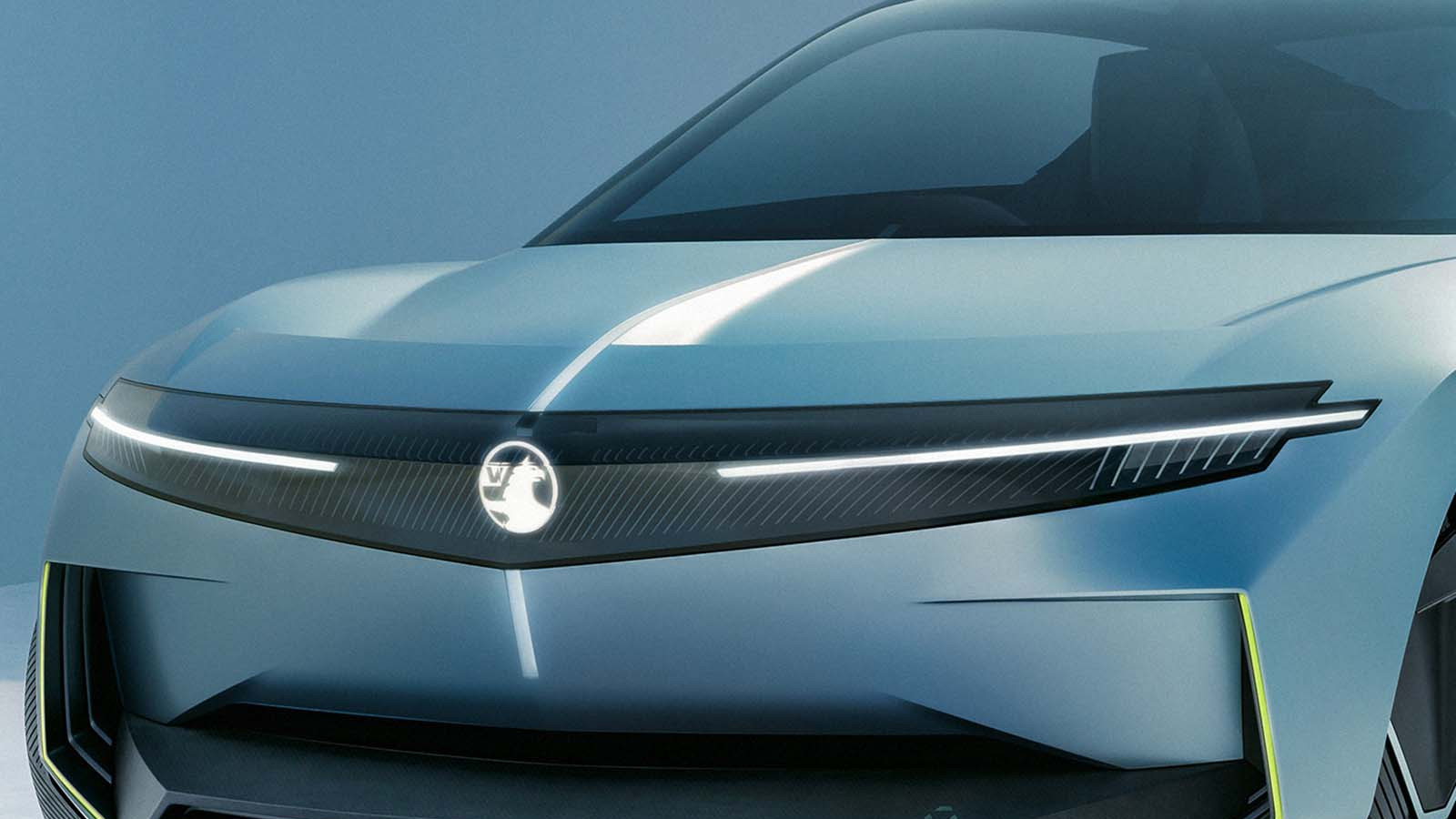 © Vauxhall
© Vauxhall -
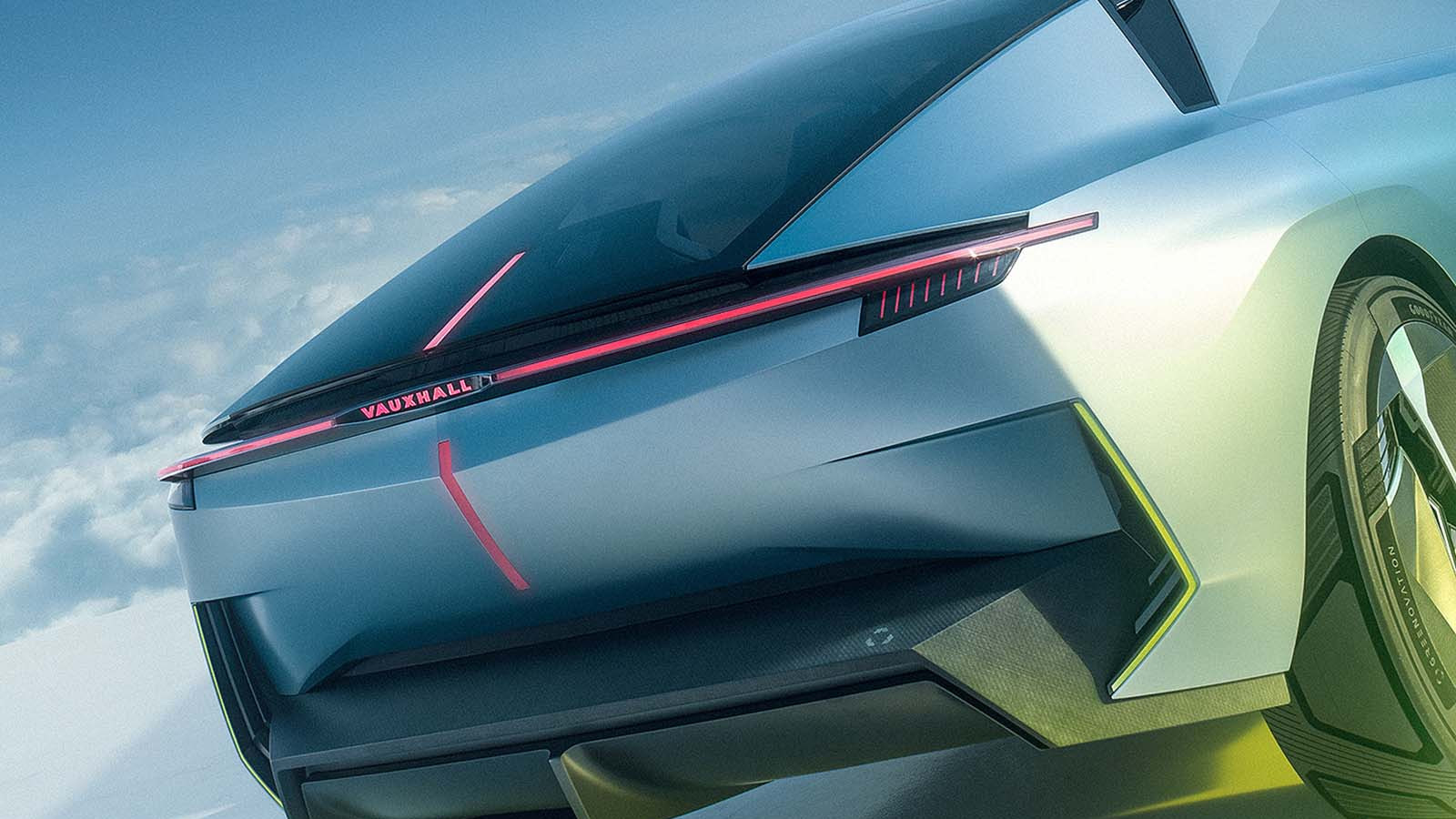 © Vauxhall
© Vauxhall -
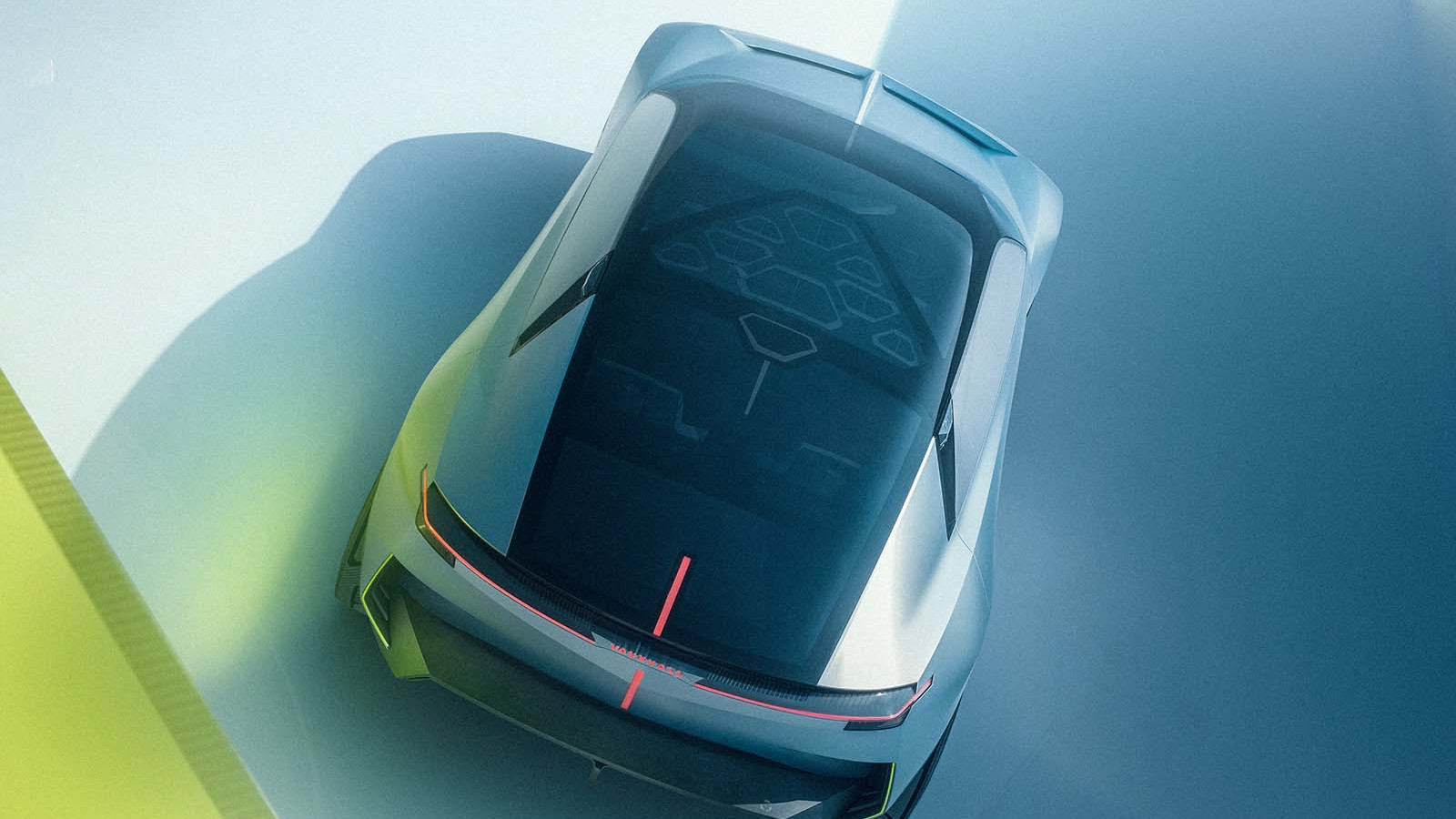 © Vauxhall
© Vauxhall -
 © Vauxhall
© Vauxhall -
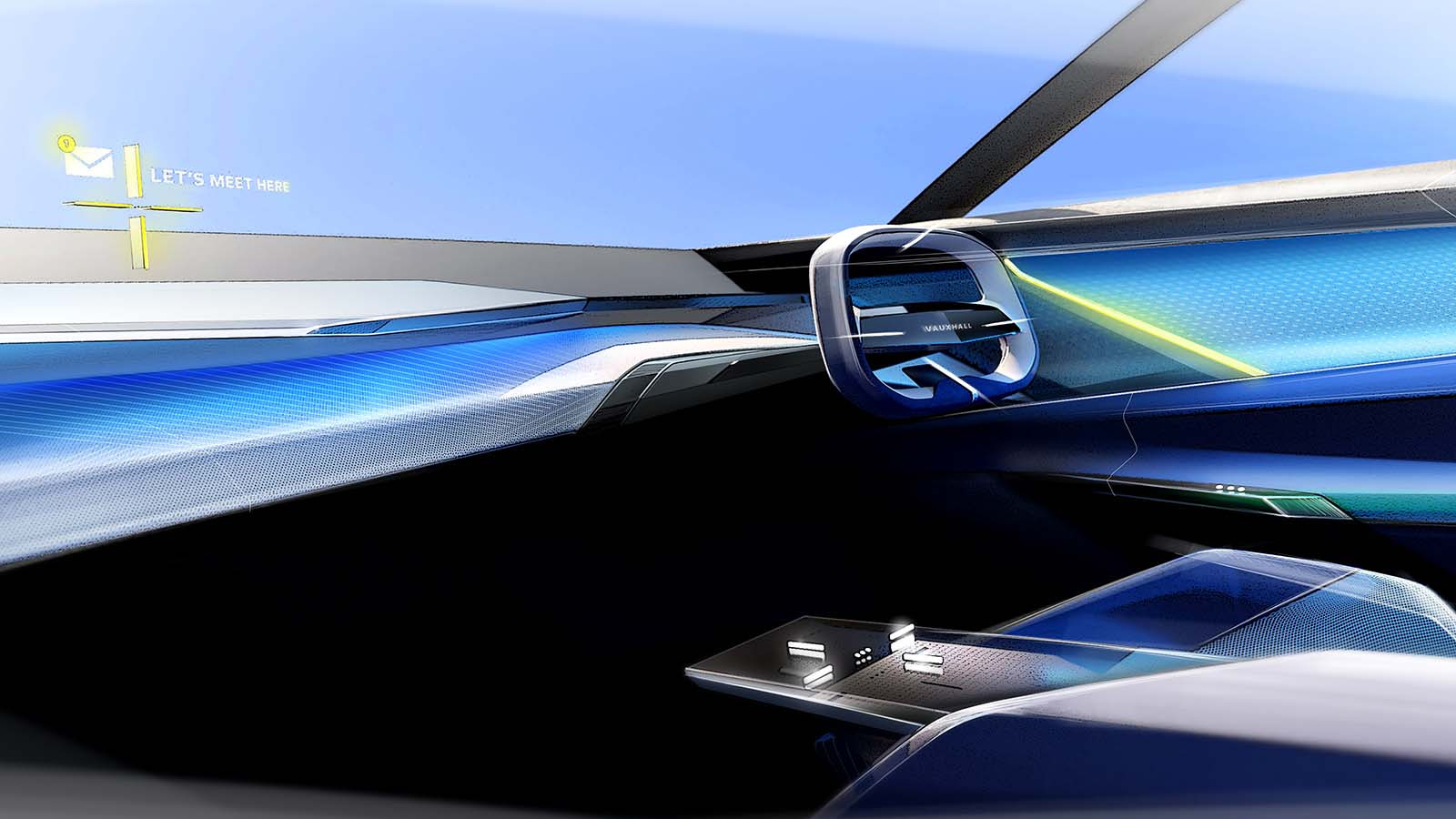 © Vauxhall
© Vauxhall -
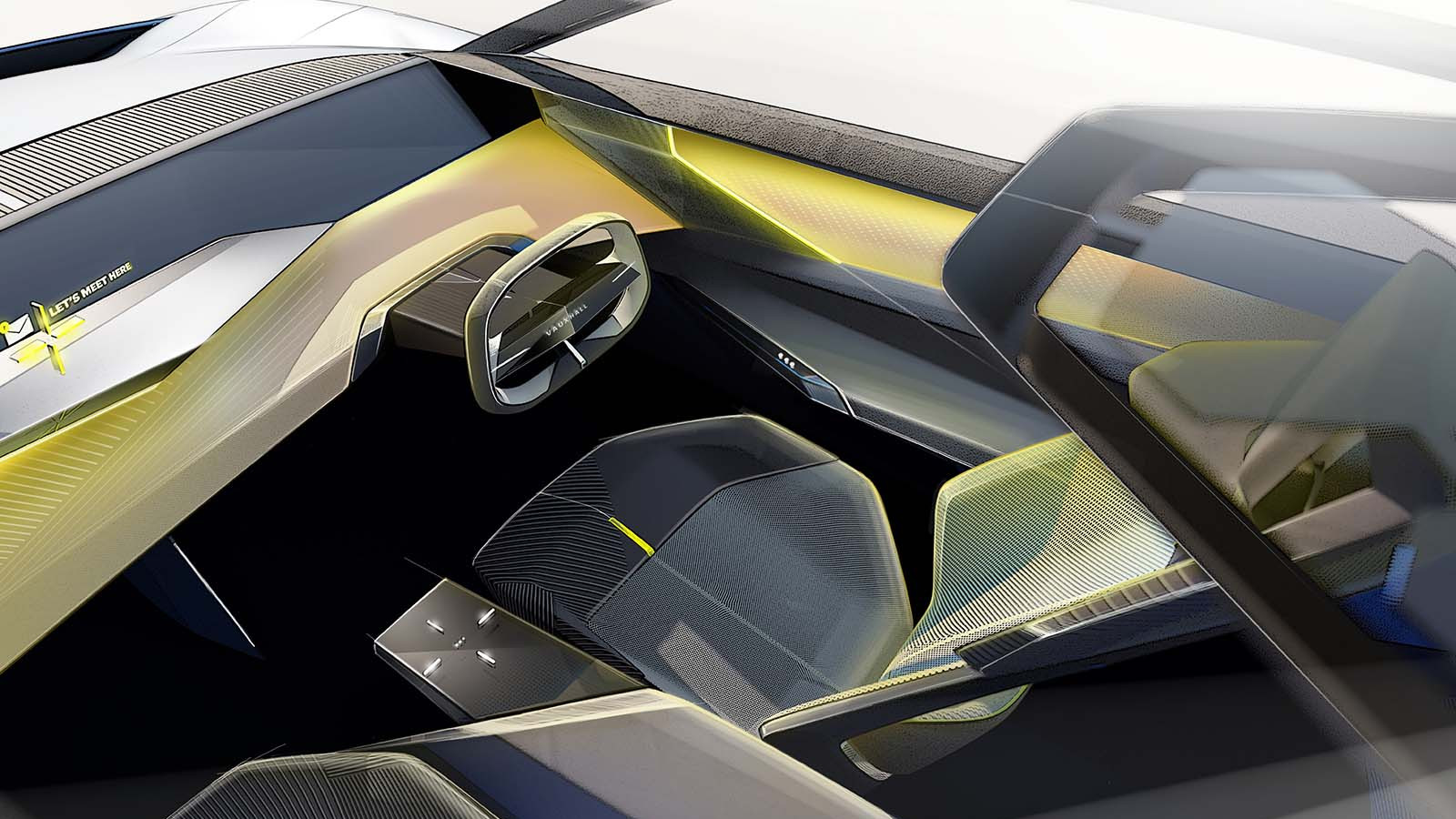 © Vauxhall
© Vauxhall -
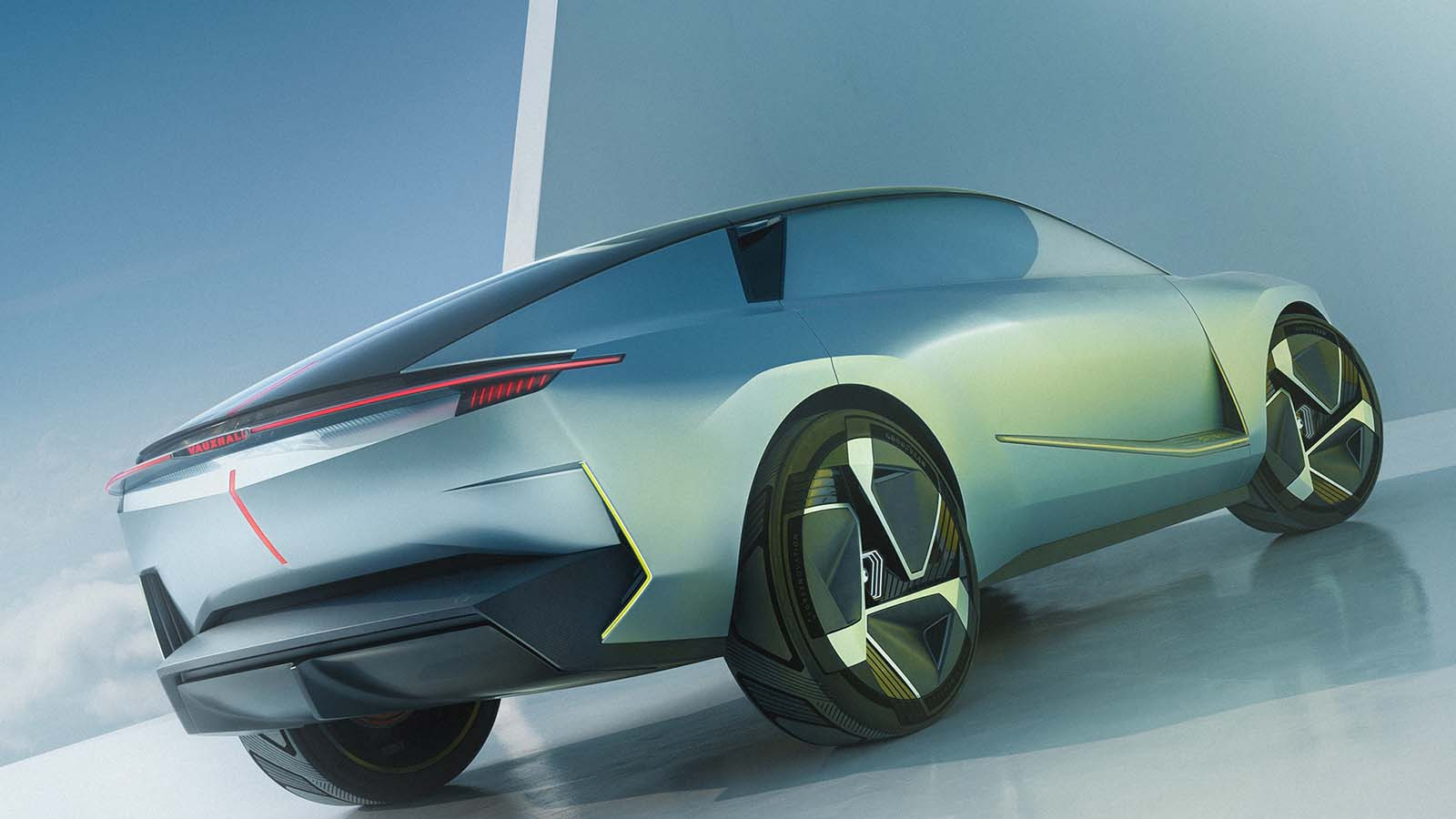 © Vauxhall
© Vauxhall
-
Vauxhall has unveiled its new Experimental concept, a boldly-styled electric crossover which showcases the brand's future design philosophy and previews a “clear vision” for the firm in the coming years.
-
Vauxhall is planning to launch a new line-up of electric models that will be based on parent firm Stellantis’s STLA modular electric platform.
While its new concept doesn’t preview a specific model, the Experimental highlights a number of ideas which could feed into future production models.
-
“Our new Vauxhall Experimental gives a more extreme interpretation of our Bold and Pure design philosophy,” said Vauxhall vice president for design, Mark Adams.
“Many of the elements of its design and the mindset behind it will be visible in future production vehicles. The exterior design delivers an optimised aerodynamic performance in combination with a stunning silhouette while the interior offers an immersive and emotional user experience.”
-
The new concept is similar in size to the Vauxhall Astra, and takes the form of a high-riding, coupé-styled crossover. Despite the radical silhouette, Vauxhall hasn’t completely torn up its previous design language, with elements from current models used in a more distinctive way.
-
The brand’s Compass design feature has been retained, albeit in a more striking fashion. There is a more prominent central crease in the bonnet, which is now highlighted with LED strips, separated by the Vizor grille - an element which has become synonymous with Vauxhall models of recent years.
Rather than use the arrow headlights, the Experimental uses flat LED bars. Narrower LEDs sit below the headlights for high-beam functionality. Taking pride of place in the middle of the Vizor grille is the brand’s griffin logo.
-
The Vizor grille that features on the Experimental concept differs to the one used on current cars and is now a transparent panel with vertical bars of LEDs. Now, four-dimensional, the Vizor grille is big enough to store the sensors and cameras need for advanced driver assistance systems (ADAS).
-
Move to the rear and the Compass design element features again. However, instead of the griffin emblem, illuminated Vauxhall lettering sits in the middle of a lightbar that spans the width of the rear.
-
Vauxhall has also elected not to use chrome on its Experimental concept, instead using exterior lighting and contrasting graphics.
Elsewhere, solar panels have been fitted to the concept’s roof, with Vauxhall citing the ideas as a means to keep an EV’s batteries topped up while on the move.
-
The inside of the Experimental is just as radical as its exterior. Instead of digital screens, information on the car and the infotainment system is displayed using augmented projection technology. The holographic interfaces are supported by artificial intelligence and voice control.
-
Functions are controlled by a floating transparent panel of buttons on the centre console which Vauxhall says can be configured to suit the driver’s own preferences.
The interior also uses electrochromic fabric, a textile which is made using fibres that are woven with thin LED strands. This means that the dashboard, seats, door cards and more can be lit up in an colour for further customisation.
-
And while the car is pitched as a C-segment concept, Vauxhall says that it offers the spaciousness of a d-segment car. For example, the steering wheel can be folded away when not in use.
-
The first Vauxhall to feature elements from the Experimental will likely arrive in 2025. Vauxhall plans to launch a D-segment crossover with the Manta nameplate in the same year, followed by a smaller successor to the Insignia saloon and estate.
